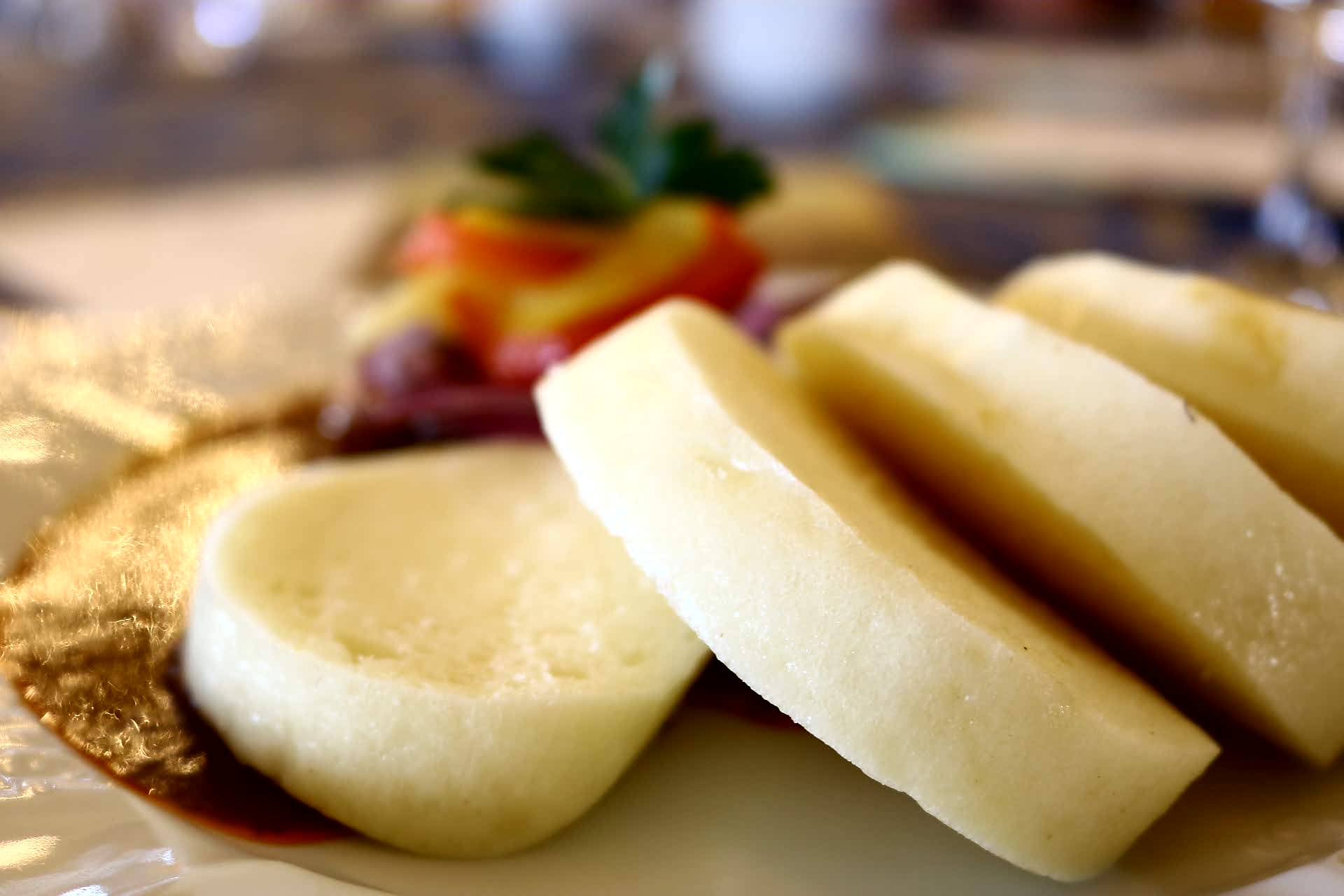
To trek through eastern Europe is to encounter a number of different cuisines that are related but somehow distinctly different and, to me, that is the beauty of food. It has the unique ability to tell a story and connect people from different cultures and regions. Eastern Europe’s traditional foods are heavily influenced by its climate and history and countries like Belarus, the Czech Republic, Hungary, Poland, Russia, and Ukraine share a number of similarities in their respective cuisines.
My childhood neighborhood was full of families of varied ethnic backgrounds which meant being invited to dinner at my friends’ house offered a culinary passport around the globe–Polish stuffed cabbage (golabki), German schnitzel and spaetzle, and Hungarian goulash served as a primer to foods from Europe’s eastern region. However, Czech food escaped me; it remained a mystery to me until a recent trip to Prague where I made a point of learning about and eating as much traditional Czech food as I could. It was at lunch on a tour of Lobkowicz Palace that I encountered what was, perhaps, the biggest surprise of my culinary discovery–I was served a hearty goulash accompanied by slices of what looked like raw biscuit dough. Of course, it wasn’t biscuit dough; the pillowy discs were bread dumplings known as houskový knedlík and typically accompany any meat and gravy dish. Turns out, their airy pockets were perfect for sopping up the staple gravies and sauces that are common in Czech cuisine. In their simplest form, the dumplings are made with flour, milk, eggs, and stale bread cubes, and formed into a loaf or roll, boiled, sliced and served. Though similar in texture to Chinese bao buns, the dumplings were uniquely distinct in flavor. In fact, I could taste a hint of the faint sourness of rye in my dumplings but, beyond bread, my server had no idea what ingredients were used to make the dumplings. It was time to investigate on my own…
I strolled the streets of Prague looking for restaurants that served traditional Czech fare and asked several kindly chefs, eager to share their knowledge and love of their country’s food, to teach me all they knew about the art of making houskový knedlík. As with most popular dishes, each chef had his own way of preparing them but there was one point that everyone agreed on and it was this: the type of bread used as the main ingredient is crucial to any proper bread dumpling. After spending considerable time with a few chefs, I compiled techniques and ingredients from each of them and tried my hand at the Czech favorite. Though many recipes call for add-in ingredients like bacon or parsley, the following is a basic recipe (from The Spruce):
INGREDIENTS
4 cups all-purpose flour
¼ teaspoon baking powder
1 teaspoon salt
2 large egg yolks
1 ½ cups milk
4 cups (about 10 slices) good-quality white bread, crusts removed, and cut into ½-inch pieces
DIRECTIONS
In a large bowl, whisk together flour, baking powder, and salt, and set aside.
In a separate medium bowl, whisk together egg yolks and milk. Pour into bowl with flour.
Work the dough with a Danish dough whisk or your hands or by machine using the dough hook until it no longer sticks to the bowl. Cover and let stand 1 hour.
Put a large stockpot or saucepan of salted water on to boil. Work the 4 cups of bread cubes into the batter until well incorporated.
Using floured hands, shape the dough into three or four rolls that are about 8 inches long and 2½ inches wide.
When the water is boiling, carefully slip the rolls into the water, giving them a stir so they don’t stick. Reduce heat, cover and cook 10 to 15 minutes.
Using a slotted spoon, remove one dumpling from the pot after 10 minutes of cooking and test for doneness by cutting through the middle of the dumpling with a thread or thin knife.
If it is done, remove the dumplings one by one and slice into ¾-inch pieces again with a thread or sharp knife. Repeat until all dumplings are removed from the water and sliced.
Serve warm with gravy. To reheat leftover dumplings, place the slices in a steamer basket and steam a few minutes until soft. Leftovers are deliciously browned in butter and sprinkled with sugar as a special breakfast treat.
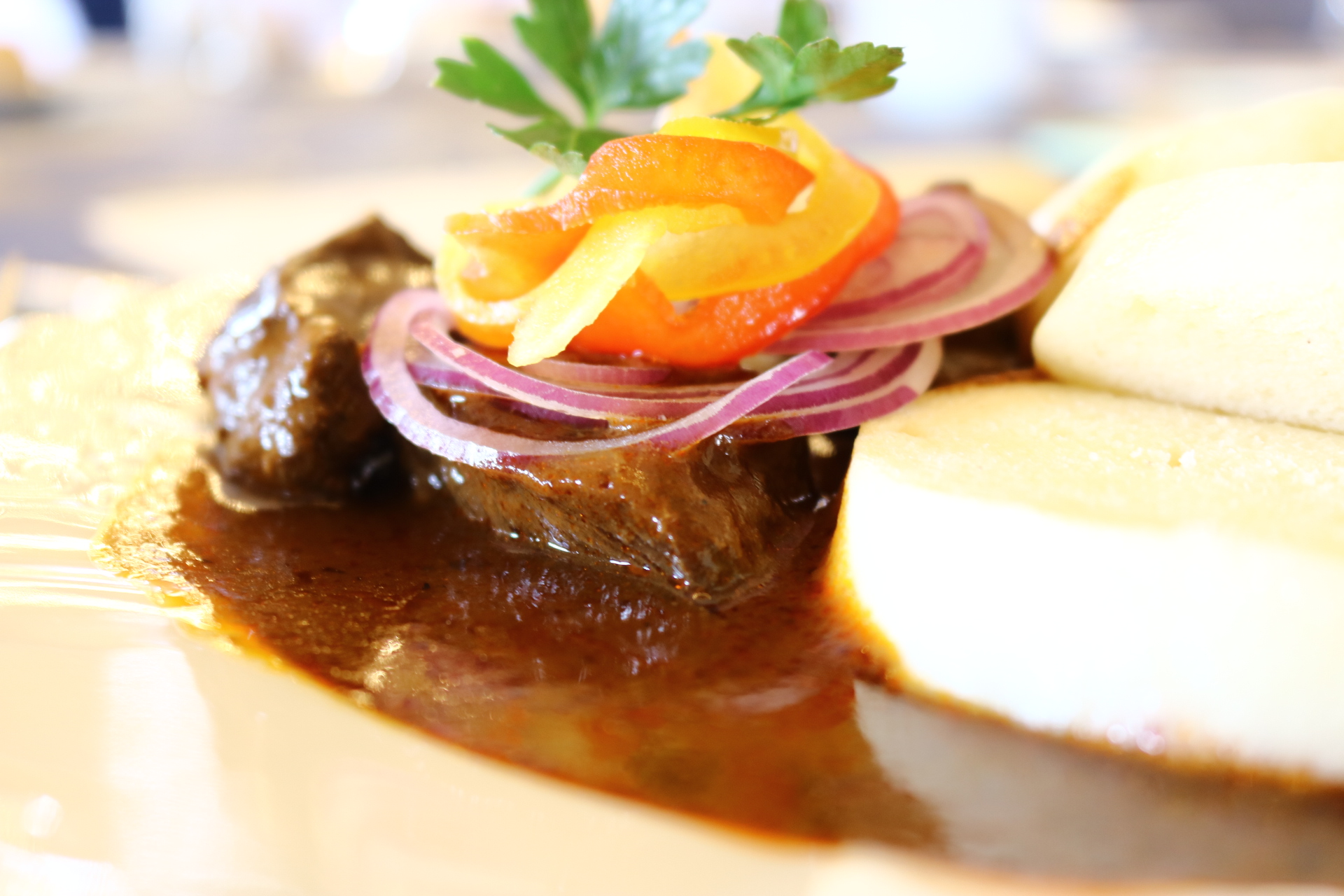


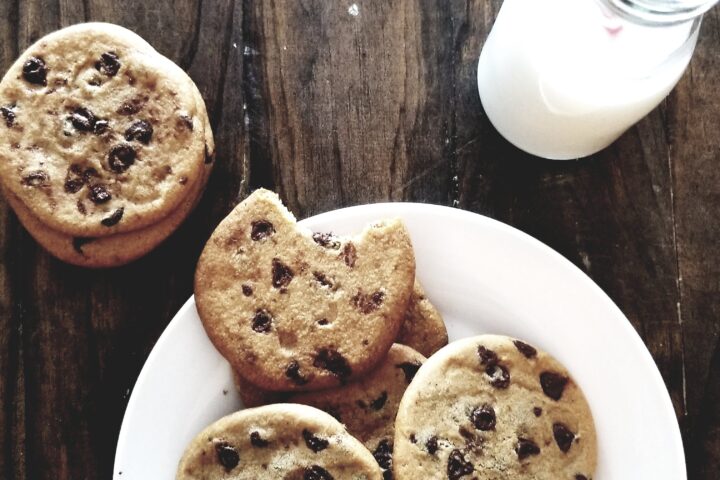
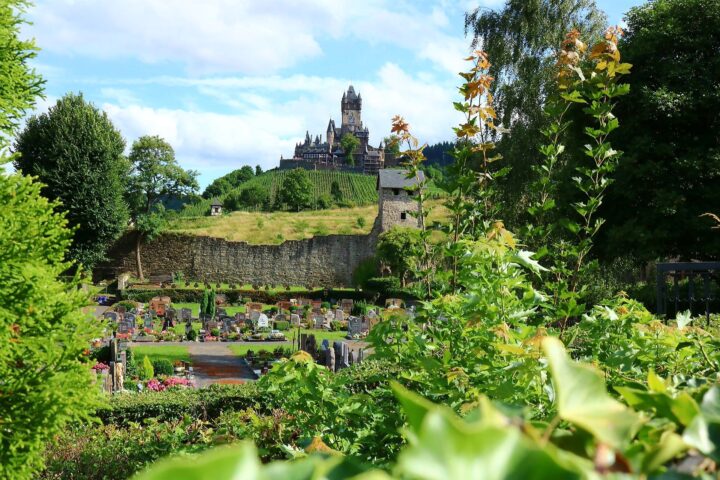

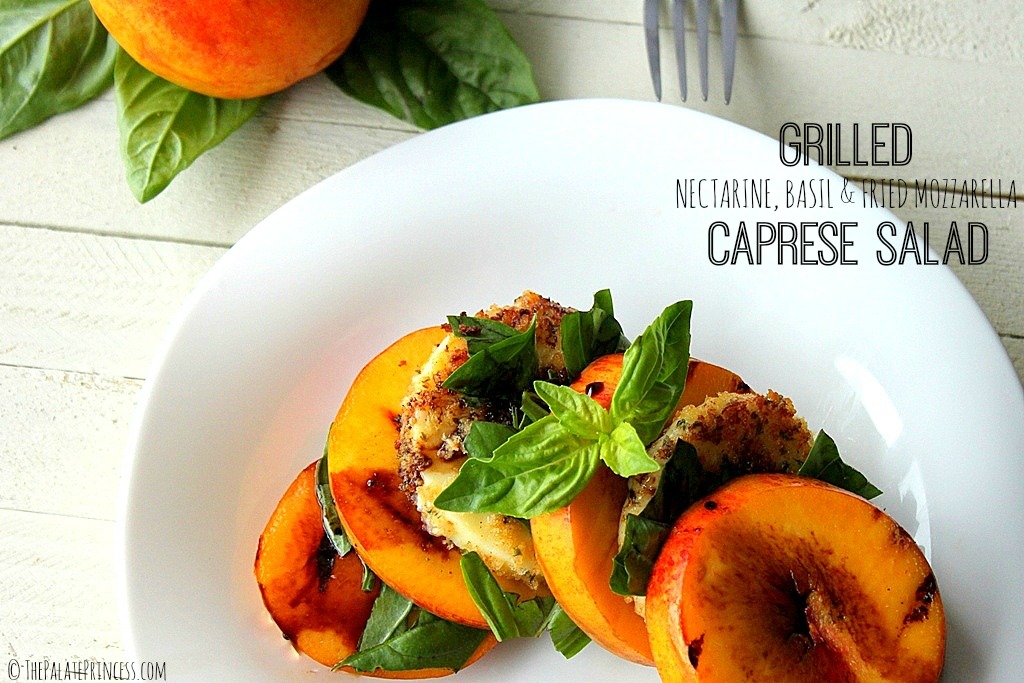




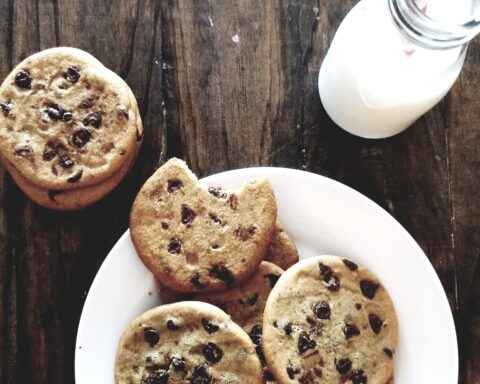

Hi, your recipe for the dumpling is word-for-word identical to the recipe published on The Spruce.
https://www.thespruce.com/traditional-czech-bread-dumplings-recipe-1135718
Perhaps you should mention and credit the source.
Hello,
Did you not see ‘from The Spruce’ cited in the post? I appreciate the comment, though.
I made Czech dumplings last week for the first time but the kind with yeast – not bread. I have leftovers that I froze, I want to use them in a soup but not sure if they will just soak up all the soup? Can you use these in a soup and if so how?
Hi, Wendy. I’ve used them in thicker soups because I think using a 100% broth-based soup would cause exactly what you mentioned–dumpling sponges. For instance, I make a chicken soup and add a touch of cream to the broth and it provides just the right consistency to keep the dumplings afloat and prevent them from soaking up too much liquid.